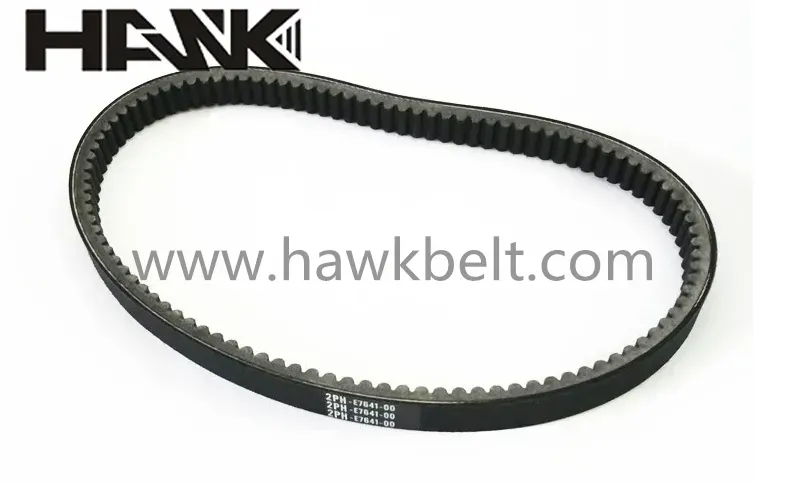- Arabic
- French
- Russian
- Spanish
- Portuguese
- Turkish
- Armenian
- English
- Albanian
- Amharic
- Azerbaijani
- Basque
- Belarusian
- Bengali
- Bosnian
- Bulgarian
- Catalan
- Cebuano
- Corsican
- Croatian
- Czech
- Danish
- Dutch
- Afrikaans
- Esperanto
- Estonian
- Finnish
- Frisian
- Galician
- Georgian
- German
- Greek
- Gujarati
- Haitian Creole
- hausa
- hawaiian
- Hebrew
- Hindi
- Miao
- Hungarian
- Icelandic
- igbo
- Indonesian
- irish
- Italian
- Japanese
- Javanese
- Kannada
- kazakh
- Khmer
- Rwandese
- Korean
- Kurdish
- Kyrgyz
- Lao
- Latin
- Latvian
- Lithuanian
- Luxembourgish
- Macedonian
- Malgashi
- Malay
- Malayalam
- Maltese
- Maori
- Marathi
- Mongolian
- Myanmar
- Nepali
- Norwegian
- Norwegian
- Occitan
- Pashto
- Persian
- Polish
- Punjabi
- Romanian
- Samoan
- Scottish Gaelic
- Serbian
- Sesotho
- Shona
- Sindhi
- Sinhala
- Slovak
- Slovenian
- Somali
- Sundanese
- Swahili
- Swedish
- Tagalog
- Tajik
- Tamil
- Tatar
- Telugu
- Thai
- Turkmen
- Ukrainian
- Urdu
- Uighur
- Uzbek
- Vietnamese
- Welsh
- Bantu
- Yiddish
- Yoruba
- Zulu
Oct . 31, 2024 22:57 Back to list
Understanding V-Belt Sizes and Their Applications for Optimal Performance
Understanding V-Belt Size Charts A Comprehensive Guide
V-belts are essential components in various mechanical systems, used to transfer power between rotating shafts efficiently. They come in different sizes and types, making it crucial to understand how to select the appropriate belt for your specific application. A V-belt size chart is an invaluable tool that helps users identify the correct dimensions and specifications required for optimal performance.
What is a V-Belt?
A V-belt is a type of rubber belt that has a trapezoidal cross-section, which allows it to fit snugly into pulley grooves. This design increases the surface area in contact with the pulley, providing effective grip and reducing slippage. V-belts are commonly found in automotive engines, industrial machinery, and home appliances, playing a vital role in driving mechanical systems.
Why Use a V-Belt Size Chart?
Using a V-belt size chart facilitates the selection of belts based on a variety of parameters such as length, width, and type. Whether you are a DIY enthusiast or a professional technician, referencing a size chart ensures you choose the right belt for your needs, preventing costly mismatches and potential system failures.
Key Measurements in V-Belt Size Charts
1. Length The length of the V-belt is typically measured in inches or millimeters and represents the distance around the belt when it is wrapped around the pulleys. This measurement is critical as it determines the belt's reach and capacity to drive connected components.
v belt size chart

2. Width The width refers to the thickness of the belt. Wider belts can handle heavier loads, while narrower belts are better suited for lighter applications.
3. Type V-belts come in several types, including classical V-belts, narrow V-belts, and cogged V-belts. Each type has unique characteristics designed for specific operating conditions. For instance, cogged V-belts provide increased flexibility, making them ideal for small pulley diameters.
4. Cross-Sectional Dimensions The cross-section of the V-belt is crucial for ensuring proper fit and function within the pulley system. Standard sizes include A, B, C, D, and other categories, which correspond to specific dimensions outlined in size charts.
How to Use a V-Belt Size Chart
To effectively use a V-belt size chart, first, gather all relevant measurements of your existing belt and pulley setup. Check the manufacturer's specifications if available. Next, locate your measurements in the chart to find the corresponding V-belt size. This process not only streamlines the selection but also guarantees that you’ll acquire a belt that meets the operational demands of your machinery.
Conclusion
In conclusion, a V-belt size chart is an essential resource for anyone involved in mechanical maintenance or repair. By understanding the fundamental aspects of V-belts and utilizing size charts, individuals can ensure they select the right belts to keep their systems running smoothly and efficiently. Whether in automotive, industrial, or residential settings, proper belt selection is key to long-term functionality and performance.
-
Upgrade Power Steering Pump Belt for Smooth, Quiet Operation
NewsAug.27,2025
-
Precision Timing Belt & Chain: Engine Performance & Durability
NewsAug.26,2025
-
Precision Lathe Drive Belts: Durable & Reliable Performance
NewsAug.25,2025
-
84.5 Serpentine Belt: Durable & Precision Fit for Your Engine
NewsAug.24,2025
-
Premium Ribbed Drive Belts for Quiet Power Transmission
NewsAug.23,2025
-
High-Performance Vehicle Timing Belt for Engine Precision
NewsAug.22,2025

